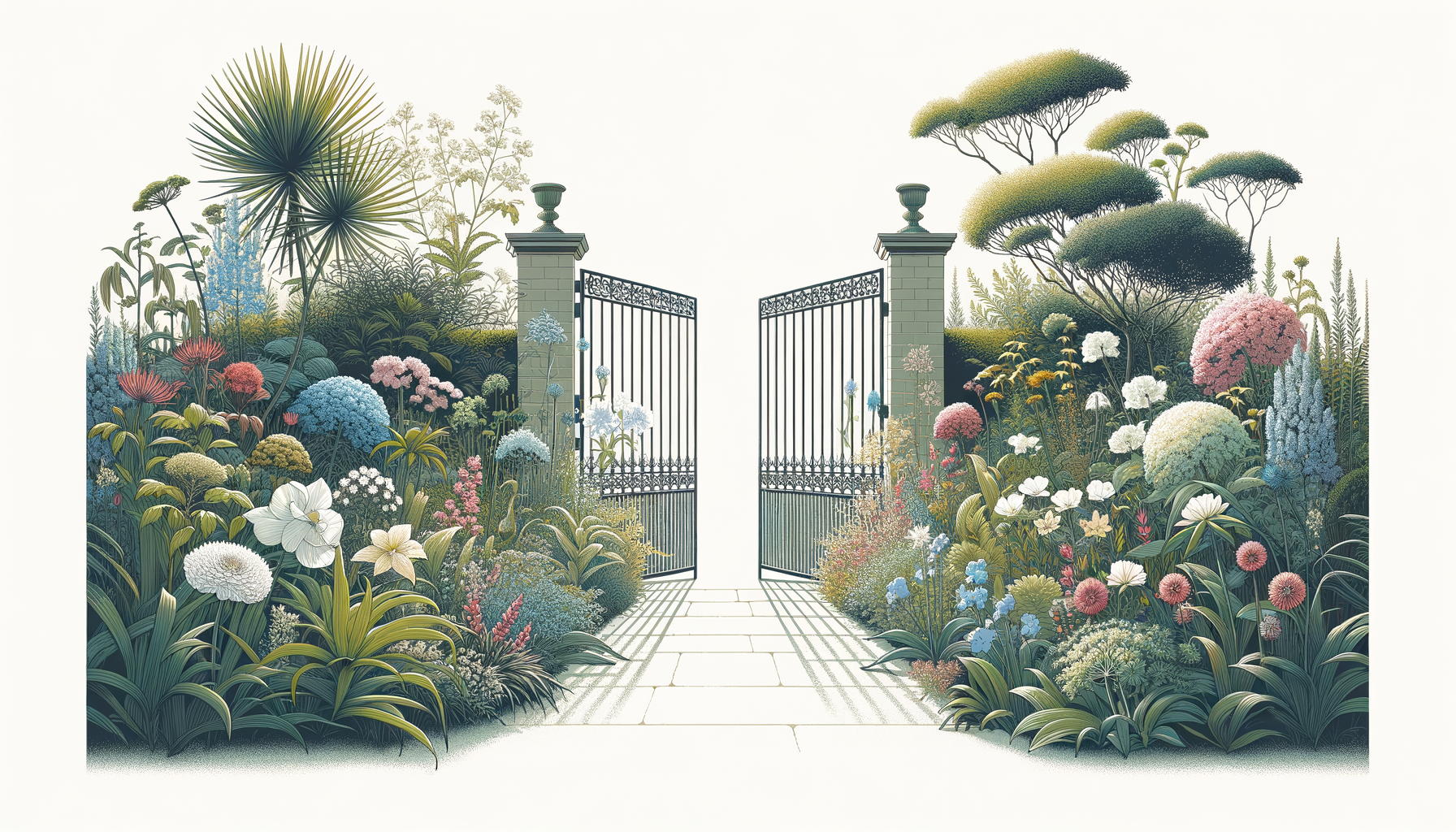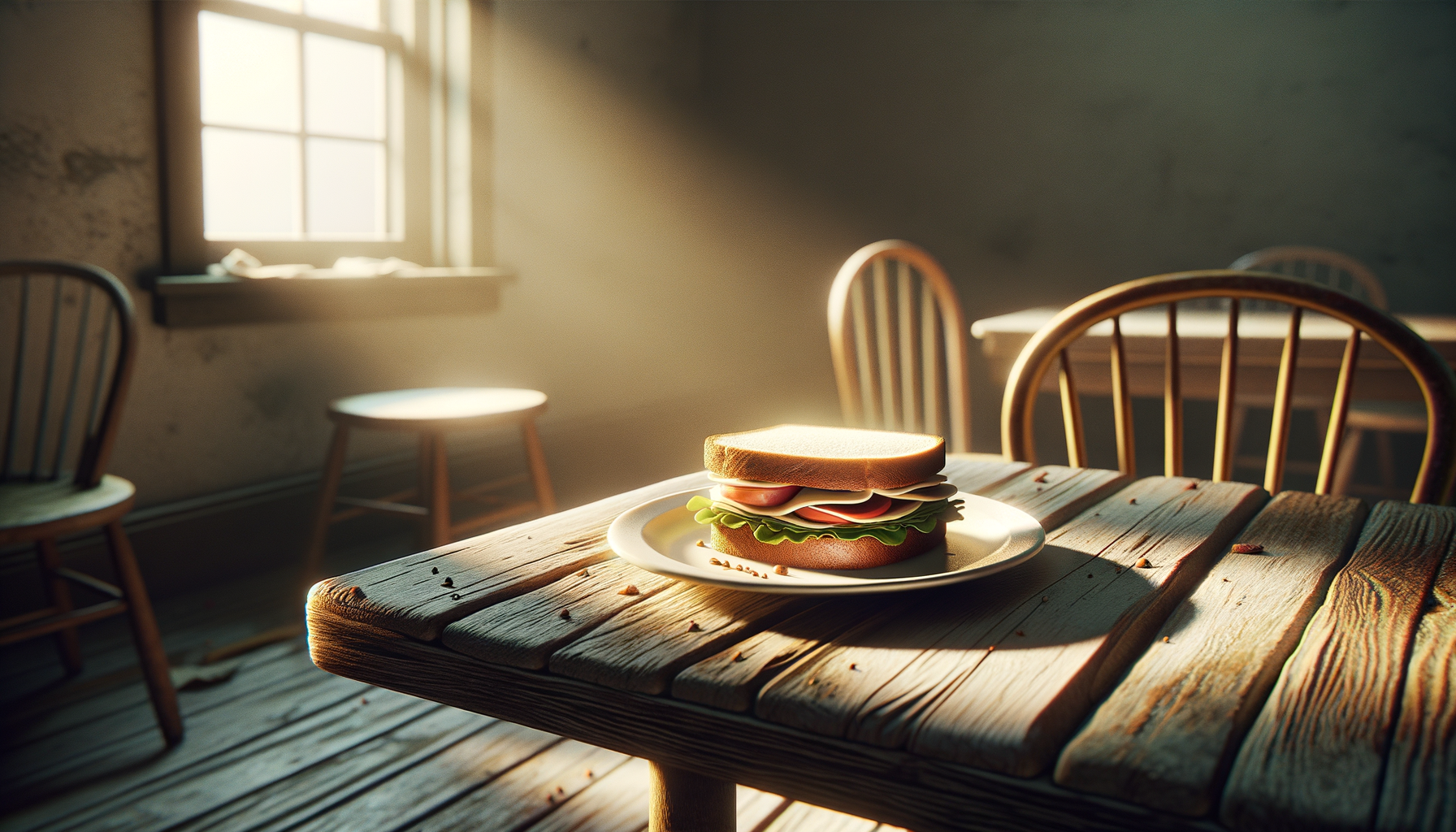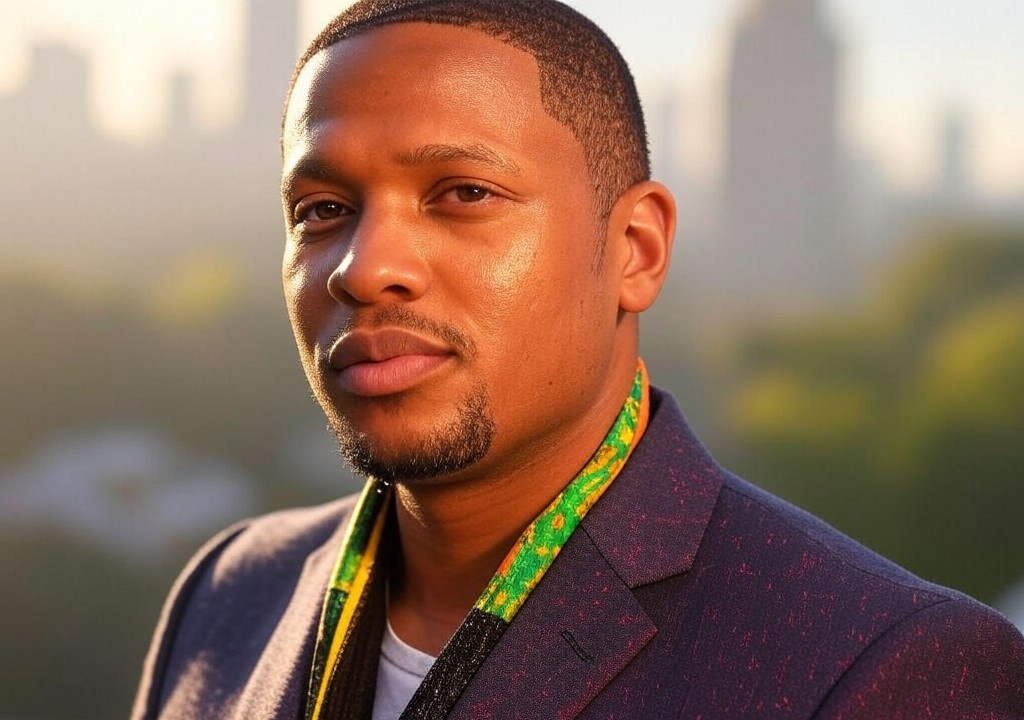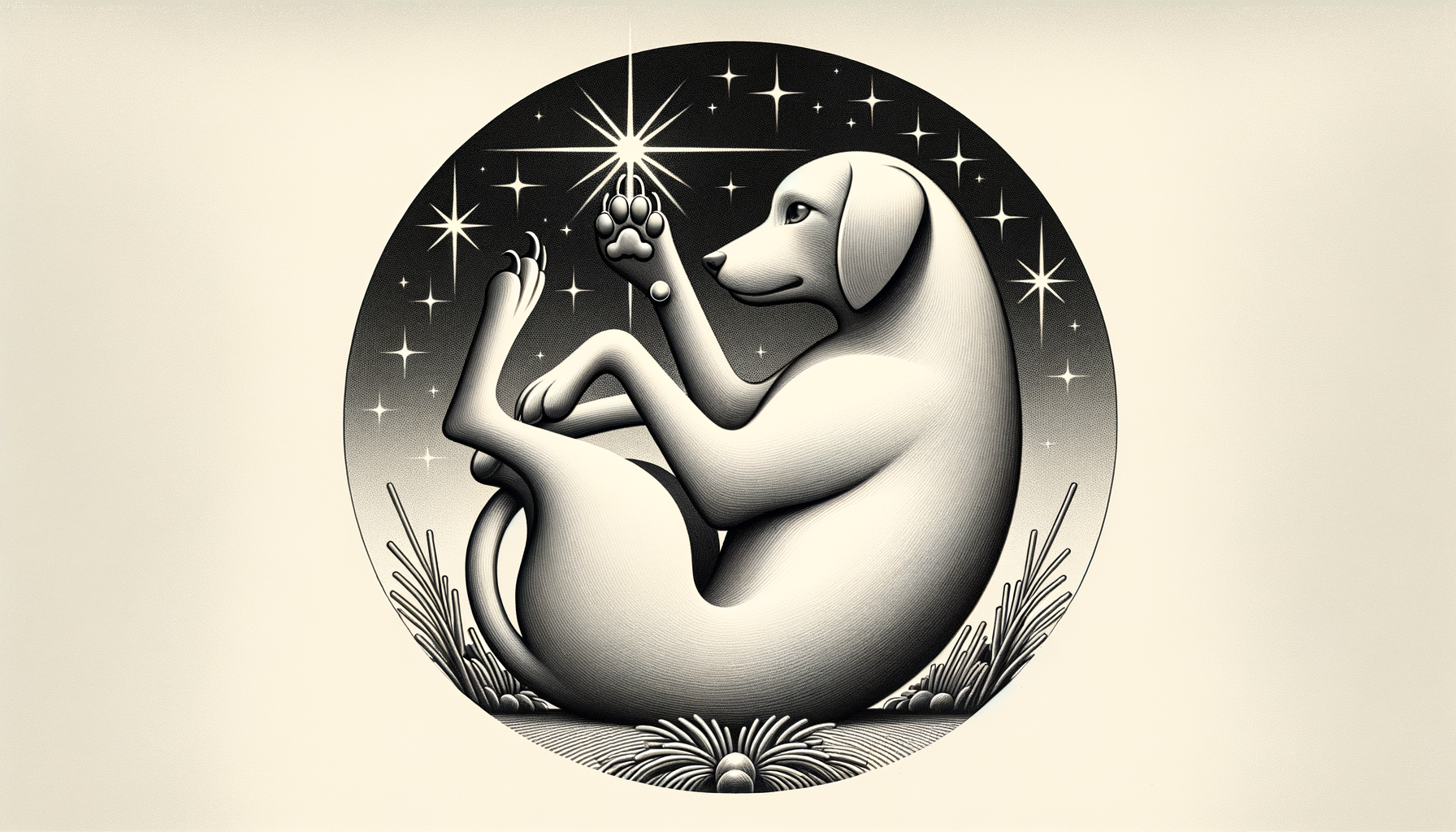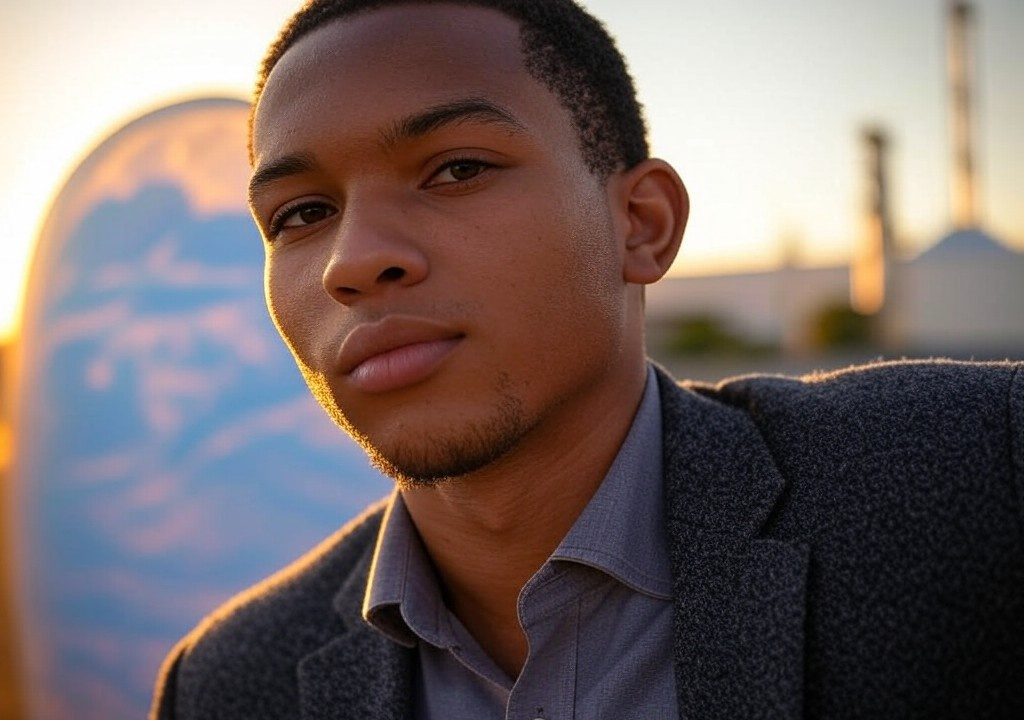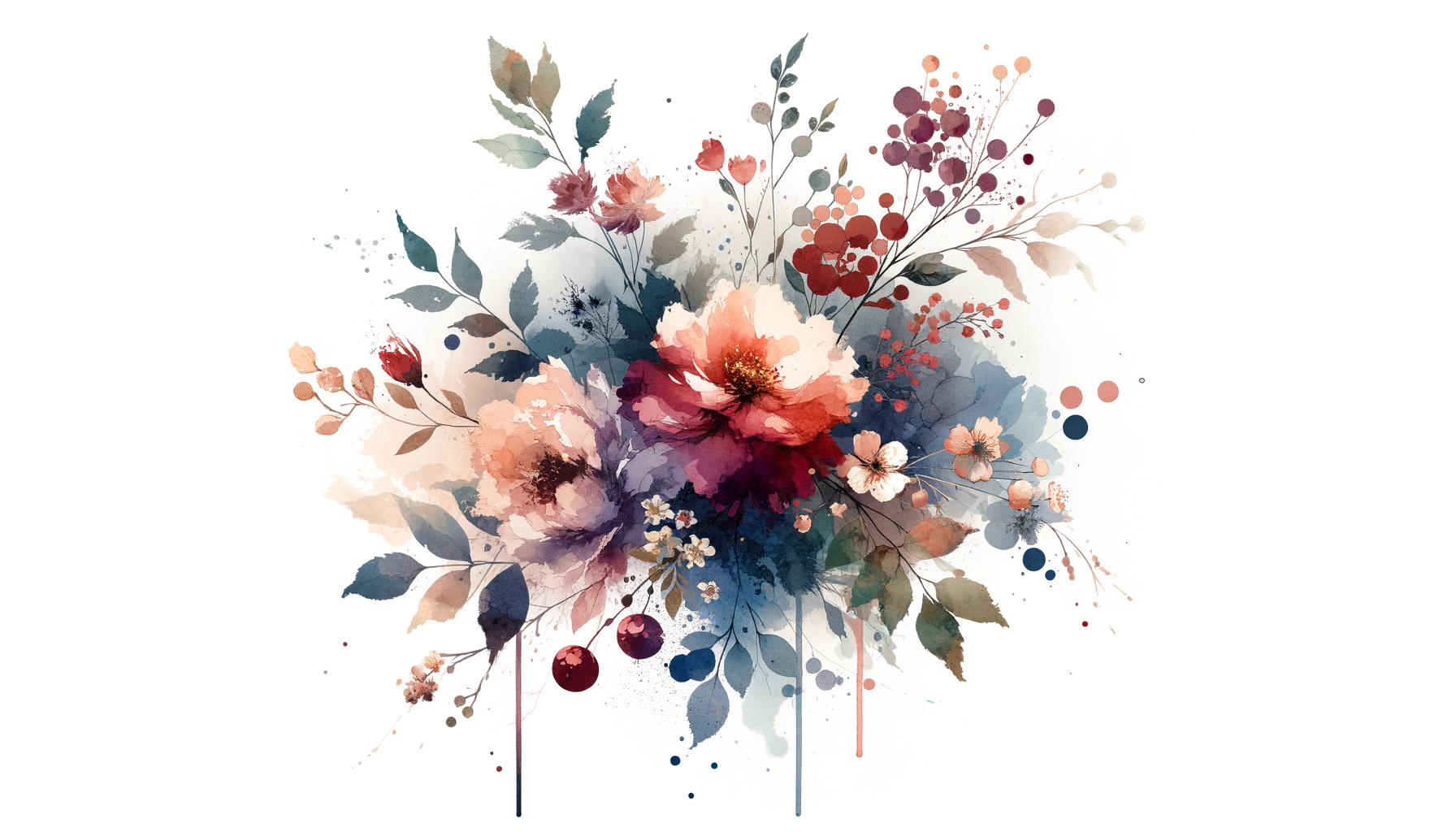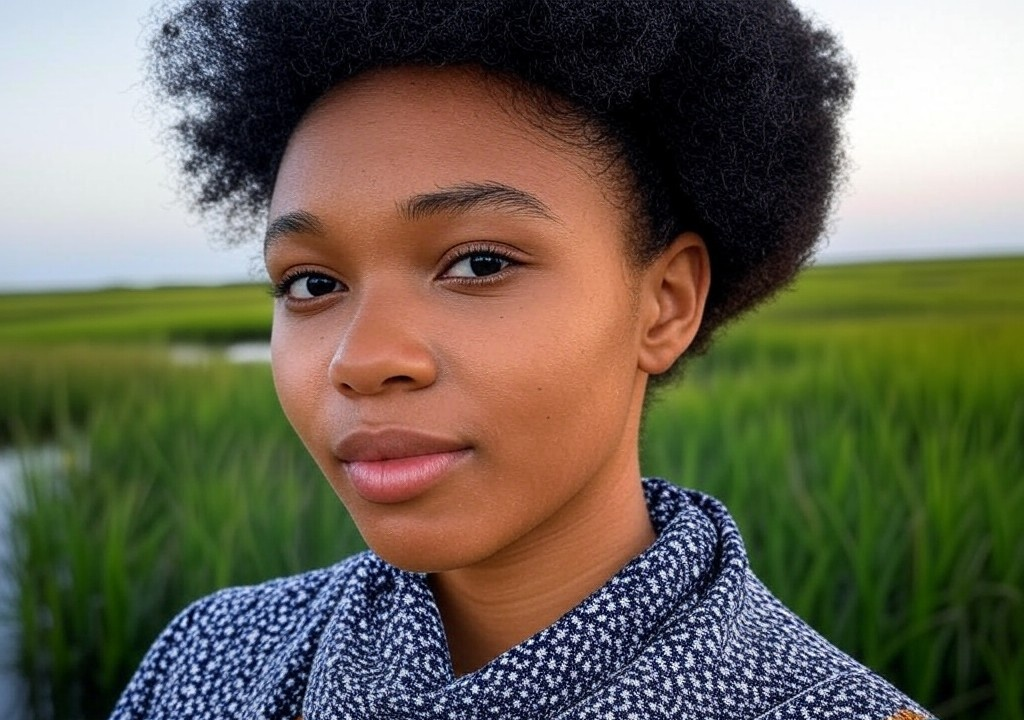It started serendipitously enough, like so many good stories do. There I was, clutching a lukewarm kombucha at a community garden potluck in Boise’s North End, silently debating if I should escape before anyone noticed my store-bought hummus. It was 2015, and finding "my people" felt less like a natural outcome of adulting and more like something you'd accidentally swipe on during a sleepy scroll through Instagram. But there, among the kale salads and homemade sourdough, I had my first inkling that maybe—just maybe—belonging wasn’t about reinventing yourself to fit in. It was finding where you fit, just as you are.
Spoiler alert: I didn’t escape that potluck. I made it through an awkward icebreaker about cucumbers (one man bloomed into a five-minute tirade against English cucumbers; I knew immediately we’d never hang out again), and by the end of the night, I’d scribbled my number on the corner of a napkin for someone who’d later become a lifelong hiking buddy.
Here’s the wild truth you eventually bump into on the journey for your tribe: finding your people isn’t instant, and it sure isn’t perfect. But oh, when it clicks, it feels like putting on a sweater that’s been missing from your closet for months. Warm, familiar, belonging all rolled into one. Here’s how my trial-and-error process played out—and how you can discover your version of it.
Step 1: Start with Baby Steps (and Zero Expectation)
It could be as small as RSVP’ing "yes" to a birthday party for that friend-of-a-friend you only vaguely know, or lingering just a little longer in the post-yoga studio chat instead of bolting for the door. My foray began with gardening potlucks and local story slams—not because I "belonged" there, but because I was curious.
But be ready for the misfires. A book club I joined turned out to lean more “wine and gossip” than “in-depth literary discussion” (my inner Joan Didion was crushed). A team trivia group? Too competitive; I wasn’t about to fangirl over someone who knew the exact date of the Louisiana Purchase. The lightbulb moment came when I dropped the notion that every hangout or invite was an audition for "soul friend status." Once you stop overthinking what people will think of you or vice versa, showing up gets way easier.
Step 2: Look for Shared Values, Not Identical Hobbies
This one was huge for me. Early on, I tried meditating with a downtown mindfulness circle (yep, right next to the Goat Yoga trend crash site), convinced that was the secret to finding fellow introspective types. Nope. Turns out, you don’t need shared interests to connect—you need shared values.
The people who eventually stuck weren’t exactly carbon copies of me. They weren’t overanalyzing local craft beers or getting existential about foothill hikes (though that’s cool, too). Instead, they shared something deeper: a genuine curiosity about life, a down-to-earth sense of humor, and perhaps most importantly, the ability to deal with my tendency to overuse potato metaphors in casual conversation.
Whenever I worried about people “not getting me,” I remembered my grandparents planting acre after acre of spuds in southern Idaho. They didn’t waste energy wondering if the potatoes in one irrigation row would judge the ones in the next row; they trusted the crop to thrive under the same sun. Finding your people works the same way.
Step 3: Get Comfortable Being Uncomfortable
Here’s the part no one tells you about finding your community: there’s an awkward phase, and it’s not optional. You know that moment when you’re brushing up against intimacy but aren’t quite sure if it’s too soon to send a meme? Or when you second-guess whether you’re the only one more hyped about brunch plans than they are? That’s normal. Expect it.
Early on, I went to a friend's housewarming where I knew exactly one person—the host. I almost backed out three separate times, psyching myself out with thoughts like, “What if it’s just me and a small, close-knit group all out-bonding me?” Spoiler: I was right. It was a small, close-knit group. And still, I stayed. They needed help moving a table, I obliged. Another guest offhandedly mentioned hiking trails I didn’t know existed, and next thing I knew, I was tagging along for his weekend climbs. Real connection often grows from being slightly out of your depth, not perfectly in it.
Step 4: Cultivate, Don’t Just Collect
Finding your people is one thing—keeping them is another, especially beyond the surface level. Relationships require cultivation, just like the potato fields my grandparents used to tend with constant care. Without attention, the soil dries up; the weeds take over.
One of the biggest lessons I’ve learned? Show up. Not just physically, but emotionally. Respond to the text. Be the one who organizes the brewery meet-up once in a while instead of waiting for someone else to do it. One summer, a couple of my new friends and I planned a spontaneous camping trip to the Sawtooths. It wasn’t Pinterest-worthy by any means (there were no artisanal s’mores involved, I’m sorry), but we laughed until our stomachs hurt, swapped terrible college dating stories, and cemented the connection with shared vulnerability. The friendships that stick feel reciprocal. They require mutual investment—the good kind, where you both keep showing up for each other purely because you want to.
Step 5: Redefine “Your People” as You Change
Here’s a hard truth. Sometimes, the people you thought were “your people” will no longer fit. The friendship fades when one of you moves across town or across priorities. It doesn’t mean the connection was bad or pointless; it just means it played its meaningful role before both of you moved on.
When my journalism fellowship took me to Chicago, I assumed I’d recreate my Boise circle in a flash. But the truth is, community reflects the time and place you’re in—and forcing connections never works. It’s okay to outgrow past “tribes” to make space for new ones. After returning to Boise, I felt an undeniable pull to reconnect with the simplicity of smaller groups. These days, “my people” often look like a motley assortment of hiking pals, writing workshop peers, and my parents’ brewery friends who are always good for endless pints and dad jokes. Your people don’t have to gather neatly or cohesively. Sometimes, finding them isn’t about building a tribe—it’s about scattered loyalties. And that’s okay, too.
Final Thought: Belonging Is Built, Not Found
Ultimately, “finding your people” isn’t a rom-com montage of hugs, high-fives, and instant connection. Belonging is less about a lightning-strike moment and more about steady, intentional discovery. It’s greeting the adorable imperfections of people with open curiosity—and letting them see your imperfections, too.
One day, you’ll look around the table at your brewery night crew or smile as you catch your adventure-chasing friends trekking beside you, and you’ll realize: these aren’t “just friends” anymore. These are my people. And the best part? They’ll make you feel like you’re theirs, too.
So, go on—RSVP “yes.” Put yourself out there, awkward misfires and all. You’ve got this.



